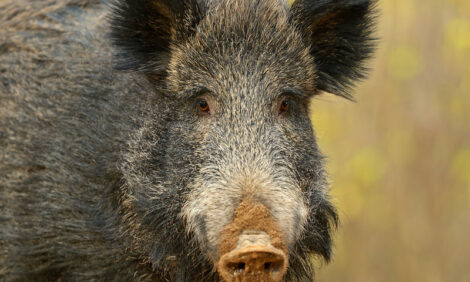



Market Preview: Understanding "Supply"
US - Weekly U.S. Market Preview w/e 5th January, provided by Steve R. Meyer, Ph.D., Paragon Economics, Inc.First things first -- Happy New Year! Here's wishing you all a healthful and fulfilling year.
It certainly appears that 2007 will have some bumps for those of us in the livestock sectors. In perspective, that's nearly always true, so it's important to make sure we take good care of the really important things in life -- faith, family, friends and country.
The Real Issue
As you know -- from my columns and the size of the checks you've been writing -- feed costs will be a key issue for the coming year. December's Hogs & Pigs Report indicates that those costs are already being factored into business decisions. But the real issue, in economic terms, will be supply.
The term "supply" is almost universally misused when we talk about hogs. Don't be offended by that -- I misuse the term all of the time, too.
The daily market reporter tells us that the supply of hogs was good enough today to easily meet packer needs. Market analysts, such as I, say that 2007 hog supply will be larger than 2006. Truth is -- we are actually talking about the "quantity of hogs supplied," not hog supply.
There is a difference and it is important.
Recall from a previous discussion of pork demand that "demand" is the quantities of pork that consumers are willing and able to buy at alternative prices. Similarly, hog supply is defined as "the quantity of hogs that producers are willing and able to produce at alternative prices."
Therefore, hog supply can be represented by the "S" line in Figure 1. It is an entire set of prices -- quantity relationships that describe how you as producers will respond to different prices.

Your cost structure determines how you will respond to a given price. If you have lower costs, you will still be willing and able to supply hogs at lower prices and vice versa. This means that the line (S) is, in fact, a relationship between quantity and the cost of raising that one additional pig or pound.
Higher feed costs have shifted the short-run supply function for all producers upward -- as to S' in Figure 1. The problem is that you cannot reduce quantity immediately. If you could, output would fall to Q', price would rise, and everyone would be back at their breakeven cost. Since you cannot, losses (at least relative to where the market would have been) will be incurred for as long as it takes to reduce supply to Q'.
So, according to the Hogs & Pigs Report, the supply of hogs in 2007 will be slightly larger than in 2006, according to our common usage of the term "supply". However, the hog supply from the perspective of economics will be lower next year because producers will be willing to sell fewer hogs at any given price level. It's difficult to view S' as lower than S, but that is the case since S' reflects a lower quantity at each price.
The bottom line of this esoteric, possibly academic, discussion is this: Supply is more than quantity. It includes costs, as well. And, it is through higher costs that we will see supply shift and impact prices in the future.
Canadian Footnote
Any of you who use our weekly data table should take note that the "current week" data from Canada is for the week that ended Dec. 16. It appears that the Statistics Canada folks have a very good holiday leave policy.










